Measurement setup and basics
Now the moment of truth strikes, once again. The test setup is finally final and the basis remains the well-known measurement microphone that has already proven itself for the in-ears. The suggestions for the realization I have found at Oratory and it does not hurt to look there once. But I think you should really measure the headsets and headphones properly and also underlay the usual hi-fi or gaming text wall with facts and not just list music tracks or games. Subjective perception and objective measurement in unison should already be standard for reviews.
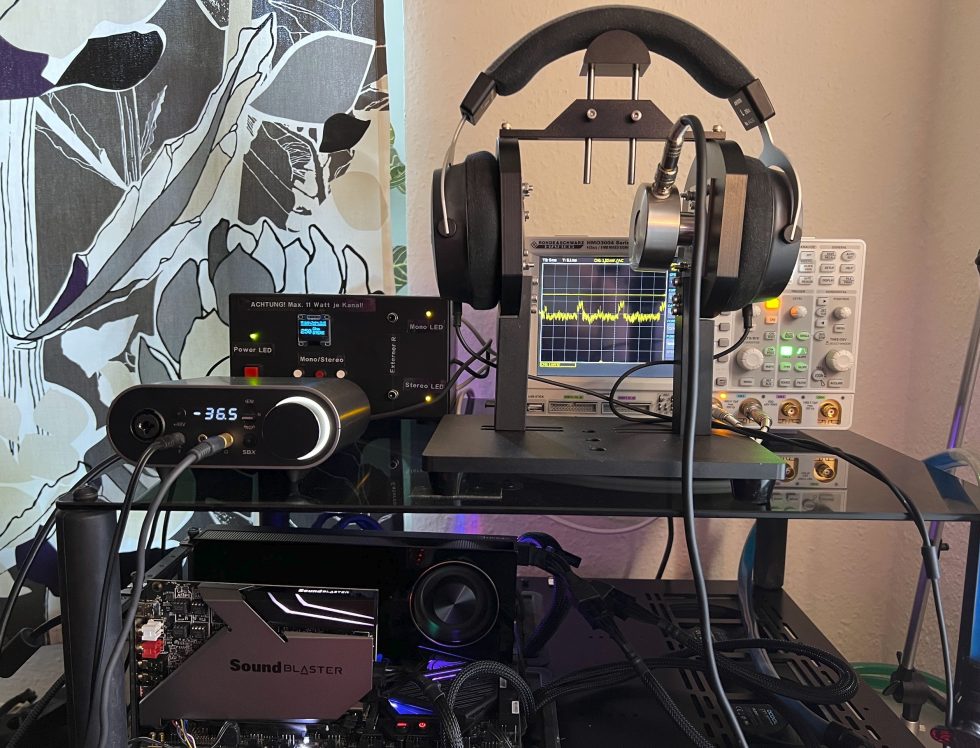
The complete measurement setup and methodology is described in detail in the article linked below. We can dispense with these redundant details. Nevertheless, it is recommended to have read this article at least once.
Important clue: The Harman curve
The so-called Harman curve is an (optimal) sound signature that most people prefer in their headphones. It is thus an accurate representation of how, for example, high-quality loudspeakers sound in an ideal room, and it shows the target frequency response of perfectly sounding headphones. Thus, it also explains which levels should be boosted and which should be attenuated based on this curve. This also explains the term “bathtub tuning”, which is often quoted, but in which the Harman curve is completely overused and exaggerated.
For this reason, the Harman curve (also called the “Harman target”) is one of the best frequency response standards for enjoying music with headphones, because compared to the flat frequency response (neutral curve), the bass and treble are slightly boosted in the Harman curve. This “curve” was created and published in 2012 by a team of scientists led by sound engineer Sean Olive. At the time, the research also included extensive blind tests with different people testing different headphones. Based on what they then liked (or disliked), the researchers found and defined the most universally popular sound signature.
Headphone tuning can be really problematic because of the human anatomy. Everyone has a slightly different pinna and ear canal, which affects how individuals perceive certain frequencies. In extreme cases, there is a few dB difference from person to person, which then explains the small differences in some measurements with artificial ears. Furthermore, if the sound is not absorbed, it is additionally reflected by other surfaces. Theoretically, a torso could also be included in the test setup, but that would be far too time-consuming.
Measurement of the frequency response
We now come to the measurement, where the Corsair HS55 Wireless Core was operated on the in-house wireless dongle (light turquoise curve). You can very nicely see an extreme curvature in the low frequency range up to the upper bass, which can be shifted even further to the left with more contact pressure. Overall, the curve up to 1 KHz is extremely bass-heavy into the lower mids and with a hole in the upper mids. The area around about 2.8 KHz shows a first peak, which is followed by a dip at about 4 KHz.
The peak at 6 KHz stands for a slightly metallic sound, because it is also very spiky here. But more about that in a moment in the listening test. Above 10 KHz it gets lonely and the specification of 20 KHz as upper cutoff frequency is misleading, because I even had to shift the axis of the diagram downwards by 10 dB due to the absence in the range between 12 and 13 KHz. The 35 dB drop is an acoustic hole as deep as Lake Constance.
If you now smooth the whole thing down to the stop, you get a somewhat rounder curve, which, however, mainly confirms the criticism of the bass and the super high frequencies. The lower midrange is also slightly over-present, which gives the sound too much fullness and warmth, while the treble range is really weak except for one peak (faded out here). You can’t really put it any clearer than that. Anyone who really likes this kind of thing had better look for another field of activity. Or playing Call of Duty and hearing the grenades even long after they’ve exploded.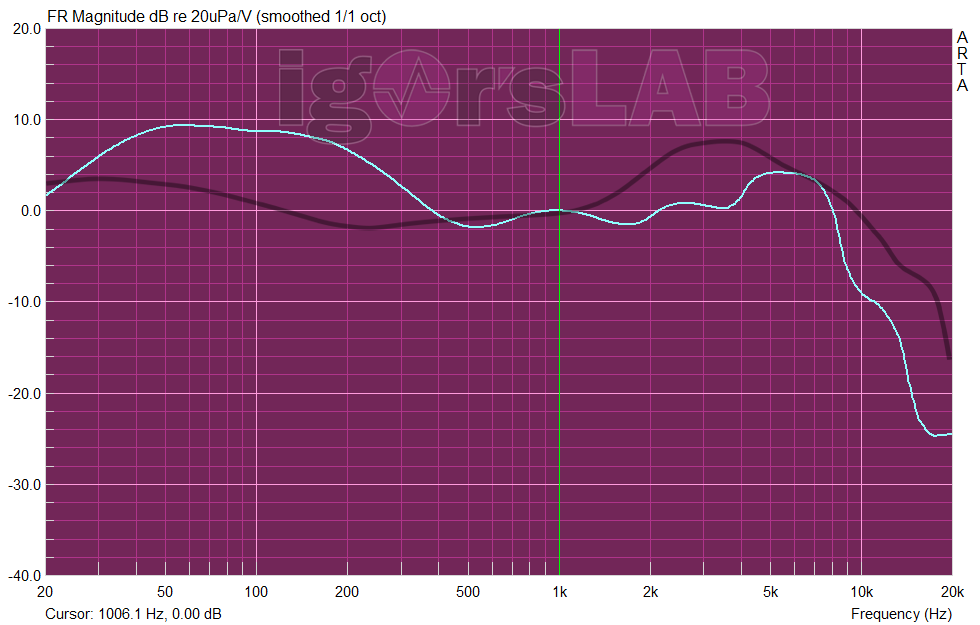
Cumulative spectra (CSD, SFT, Burst)
The cumulative spectrum refers to various types of graphs showing time-frequency characteristics of the signal. They are generated by sequentially applying the Fourier transform and appropriate windows to overlapping signal blocks. These analyses are based on the frequency response diagram already shown above, but additionally contain the element of time and now show very clearly as a 3D graphic (“waterfall”) how the frequency response develops over time after the input signal has been stopped. Colloquially, such a thing is also called “fading out” or “swinging out”. Normally, the driver should also stop as soon as possible after the input signal is removed. However, some frequencies (or even whole frequency ranges) will always decay slowly(er) and then continue to appear in this diagram as longer lasting frequencies on the time axis. From this, you can easily see where the driver has glaring weaknesses, perhaps even particularly “clangs” or where resonances occur in the worst case and could disturb the overall picture.
Cumulative Spectral Decay (CSD)
Cumulative spectral decay (CSD) uses the FFT and a modified rectangular window to analyze the spectral decay of the impulse response. It is mainly used to analyze the driver response. The CSD typically uses only a small FFT block shift (2-10 samples) to better visualize resonances throughout the frequency range, making it a useful tool for detecting resonances of the transducer.
The picture shows very nicely the unsightly transient response and especially the resonant course up to more than 1 KHz. This is not a real, generated bass, but a much too long resonator orgy without structure. Signal gone, sound gone? Not at all, because here it resonates like a sack of doped bumblebees. You can also see the 6 kHz metal whip very nicely, which still gives scrapes on the eardrum when the signal has long since disappeared.
Short-time Fourier Transform (STF)
The Short-time Fourier Transform (STF) uses the FFT and Hanning window to analyze the time-varying spectrum of the recorded signals. Here, one generally uses a larger block shift (1/4 to 1/2 of the FFT length) to analyze a larger part of the time-varying signal spectrum, especially approaching application areas such as speech and music. In the STF spectrum we can now also see very nicely the work of the drivers, which afford various weaknesses in some frequency ranges.
This “trailing off” at the lower frequencies below 500 Hz is also clearly visible here, just like our acoustic domina interlude with the bullwhip in the treble. Too chunky at the bottom and partially too pointed at the top. The area in between is almost completely bloodless.
Burst Decay
In the CSD, the plot is generated in the time domain (ms), while the burst decay plot used here is represented in periods (cycles). And while both methods have their advantages and disadvantages (or limitations), it’s fair to say that plotting in periods may well be more useful for determining the decay of a driver with a wide bandwidth. And the Corsair HS55 Wireless Core only scores mediocre here as well. We see especially strong resonance vibrations in the high-frequency range again.
This is probably supposed to sound particularly “crispy”, but it just grates on your nerves when you want to listen to music. However, it is still okay for gaming, but the fun stops completely for music (depending on the genre). The Corsair HS55 Wireless Core is loud, but in sum, a huge resonance in the bass range replaces true low end and clean level stability in the deepest bass, because that’s just loud.
Microphone test
The microphone arm can be folded up and a button just before the stop also provides tactile feedback. The measured 13.2 cm length is a bit too short to bring the microphone at least close to the mouth. Yes, you can bend it all gooseneck, but it’s not quite enough. The omnidirectional capsule is quite deaf and you have to set the sensitivity to maximum to still be heard. Loud and clear is really different.
And I mentioned the data rate and exaggerated compression in the teardown. Does anyone remember the Realplayer in the early 2000s? That sounded something like this, and no, no one uses analog modems anymore unless they have to. Here you could listen to the sound example of how it sounds when the microphone is set to the maximum possible 16 bits at 48 KHz under Windows. It never gets there in life:
For comparison, I once used an extremely cheap USB podcast micro with a slightly larger electret capsule. Yes, it pops significantly more at the same speaking distance, but the rest is in a completely different league, except for the obligatory Alibaba background noise:
This means that the headset doesn’t really make sense in the 130-euro class, and you can understand why I’m a bit disappointed and partially pissed off. No matter if Teamspeak, Discord or Skype, the questions if I am sitting in the basement or on the toilet were the most polite ones. So it catches the eye of others. But unfortunately not as desired.















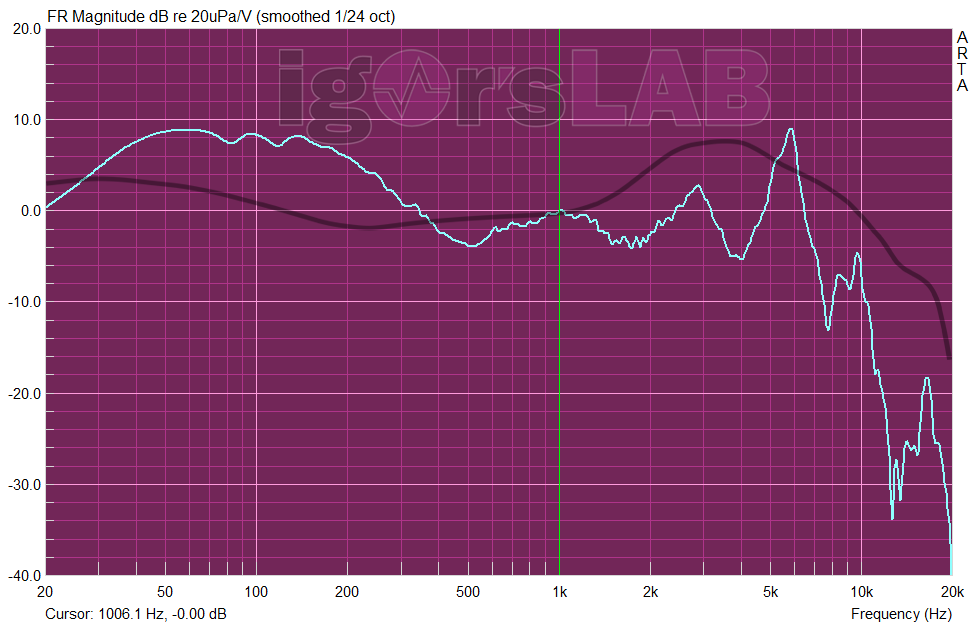
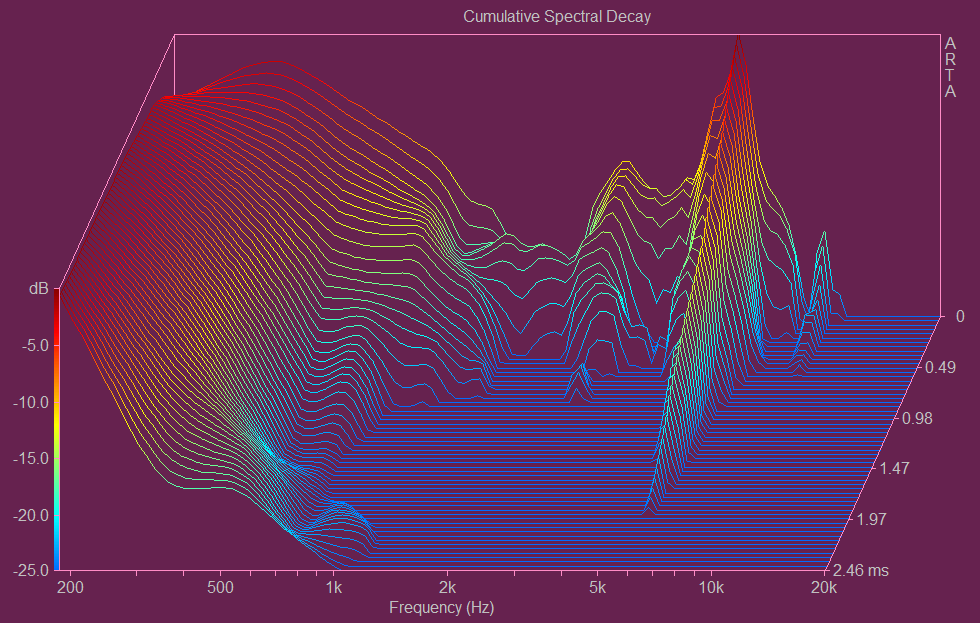
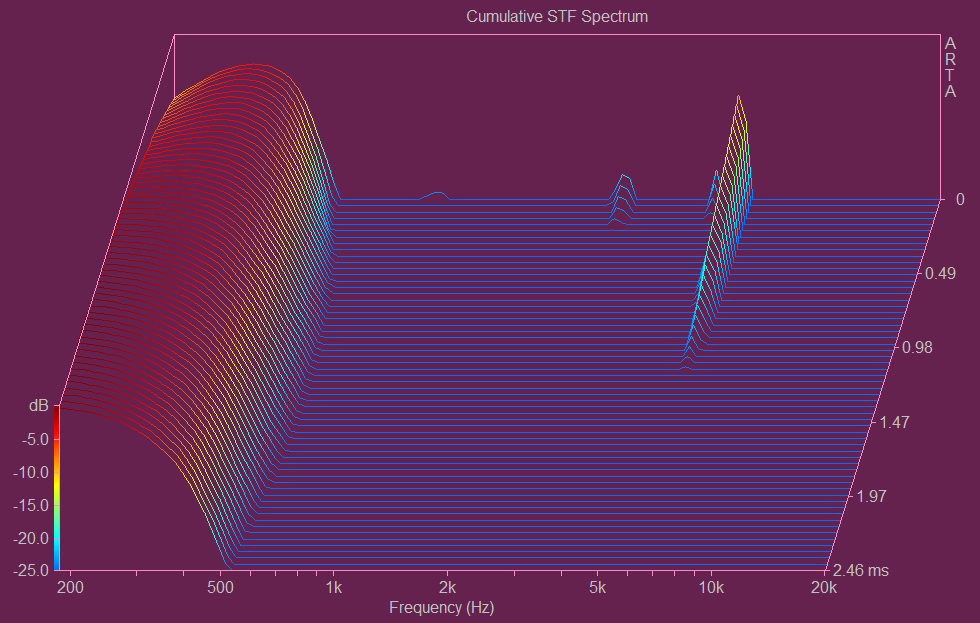
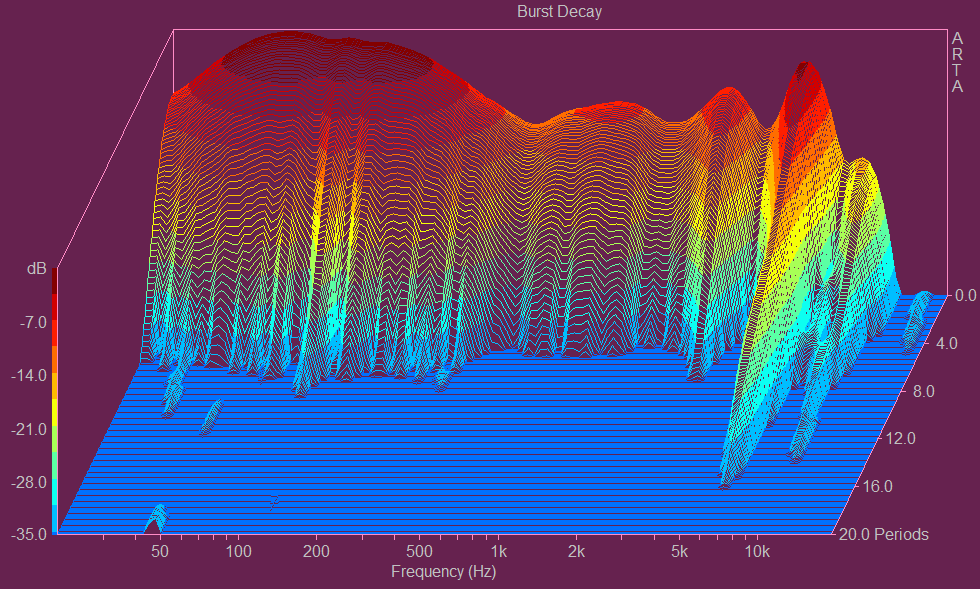




















7 Antworten
Kommentar
Lade neue Kommentare
Veteran
1
Veteran
1
Veteran
1
Veteran
Alle Kommentare lesen unter igor´sLAB Community →